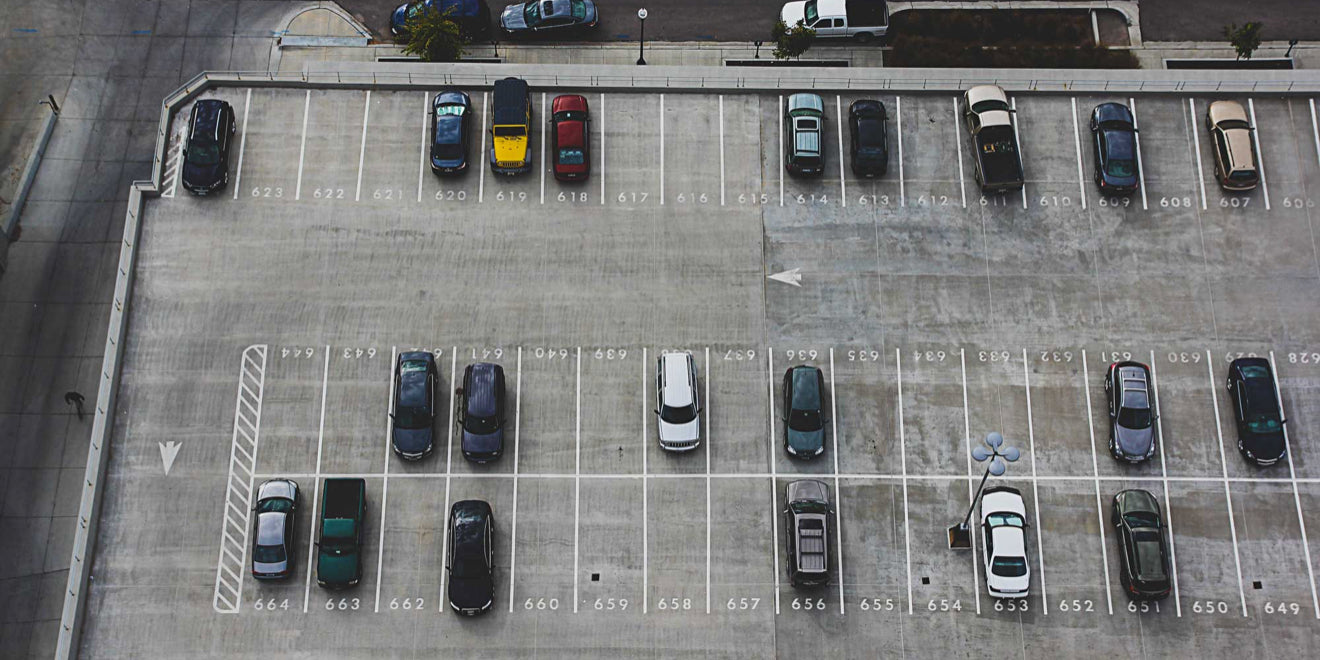
Certain industries have become such a staple in society that we use them daily without giving a second thought to how they grew to prominence – including the parking industry.
Today, with more than a billion cars in the world, the paid parking industry has grown to the tens of billions of dollars, helped shape cities and opened an entirely new revenue stream for governments.
While indispensable today, the paid parking industry is still susceptible to change. And if there’s one consistent factor in business success, it’s the necessity to remain on the cutting edge.
The paid parking industry has an exciting future ahead but to understand where it’s going, we must understand how it operates today and the changes that may affect its course.
A Look at Today’s Paid Parking Landscape
The first parking meters were developed in the 1930s and kick-started today’s $100 billion industry. But their installation, maintenance and use were also labour intensive. As technology developed so too did the techniques used to regulate the parking industry.
Today’s parking industry constantly grapples with how to make parking payment and enforcement easier and has implemented new ways of doing so.
- Pay-and-display parking: Pay-and-display parking machines and pay-and-display car parks were created so parking customers could pay at parking pay station machines and then display a receipt on the dash of their car. It also eliminated the need for individual parking meters.
- Automated parking garage payment: In most parking garages, customers will find parking ticket dispenser machines (also known as ticket spitters). These machines provide customers with spitter tickets that carry a timestamp that is plugged back into the dispenser upon departure, calculates the length of their stay and charges accordingly.
- Mobile payment systems: At the turn of the millennium, mobile parking payment started becoming a factor. Parking could be paid for through text messages or calling a service number and providing your license plate number and location number. Today, many parking services use mobile applications for the same purpose.
- Automated parking ticket printers: To streamline the distribution of parking tickets, citations and violations, automated parking ticket printers were developed to space enforcement offices the hassle of hand-writing tickets, in turn allowing them to distribute more in less time.
The Paid Parking Industry of Tomorrow
The parking industry has come a long way since Park-o-Meter No.1. Traditional parking meters have been superseded by electric, battery and solar-powered meters. Growing demand and space limitations have caused the parking industry to adopt new technologies like license plate registration systems that automatically open gates for registered cars, parking apps that allow parkers to pre-pay and reserve a spot ahead of time and video monitoring that connects stranded motorists in self-park garages to technical support.
But the parking industry is intrinsically tied to external factors and industries that will shape its future.
Automated Vehicles and the Parking Industry
Automated vehicles will change the way we drive, the way we commute and, in turn, the way we park. We may see a shift from single-commuter, single-stop travel to multi-commuter, multi-stop travel meaning a shift from monthly parking revenue to transient parking revenue as the industry’s dominant income source.
Automated vehicles will also change the infrastructure of parking facilities. Their ability to park without drivers will mean more efficient garages through the elimination of stairs, elevators and space required to enter and exit a vehicle.
And as ride-sharing services like Uber and Lyft continue to embrace automated vehicles, they will require parking spaces to use as waiting and maintenance areas, similar to services like Zipcar. These new demands could create entirely new revenue streams for parking providers.
Parking Garages Are Going Underground
We can expect to see city parking moving underground to accommodate ever-growing demand and limited space. This means that the parking industry will be using more parking ticket dispenser machines and spitter tickets than ever before.
Mobile Parking Payment vs. Traditional Parking Payment
Mobile payment options are on the rise, but this won’t mean the demise of the printed parking ticket. Mobile payment is most prevalent in highly frequented areas available from large institutions. Mobile parking payment may be convenient but for those who don’t use it regularly, the process of acquiring setting up the app is an unnecessary hassle, making pay-and-display parking the easier alternative.
Electric Cars and the Need for Charging Stations
Parking garage owners are implementing charging stations to accommodate the rise of electric vehicles to create an entirely new revenue stream. Customers are frequently required to purchase a spitter ticket from a pay-and-display parking machine for the time required to charge their car, the same way they pay for parking.
Evolution is a natural part of any industry. The evolution of the car from a luxury item to a mainstream staple spawned the birth of the paid parking industry. Now, the evolution of technology, a consistent demand for parking and the increasingly limited availability of space will spawn the next phase in the evolution of the paid parking industry.
And as the parking industry evolves, so too will Northern Specialty Supplies to ensure we are constantly adapting to – and fulfilling – the changing needs of parking lot owners.

